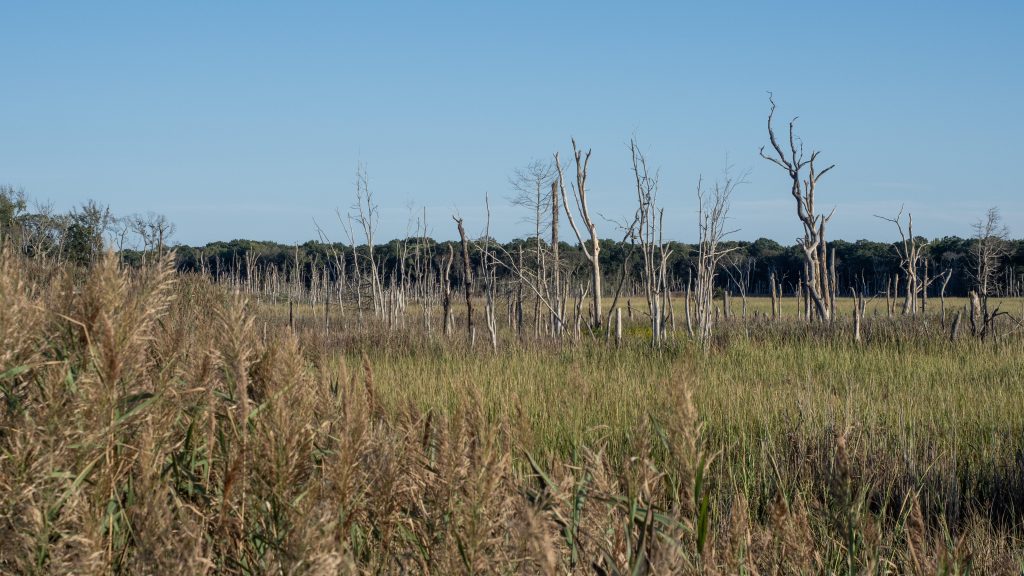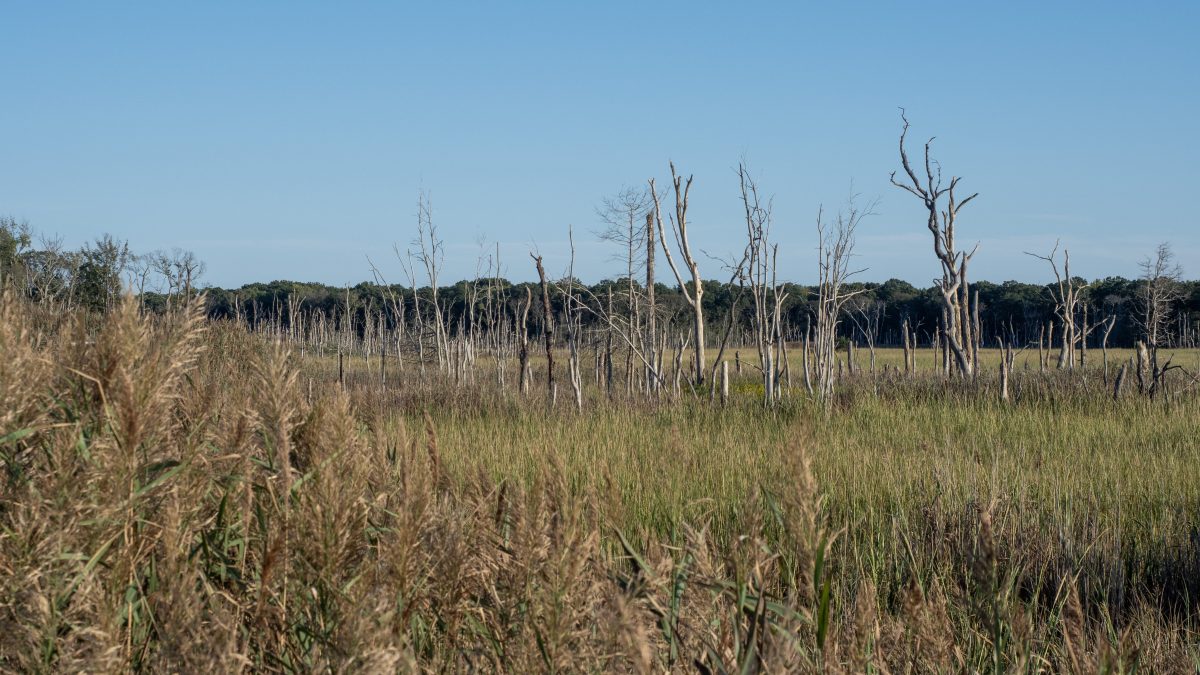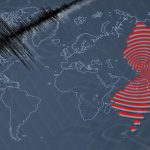

A recent viral instagram post shows a timelapse of satellite images of urban development near the coast in Tulum, Mexico, from 1984 to 2022. While the position of the coastline appears to waver a bit, it does not obviously move inland. The caption preceded to imply that climate change is a hoax. Experts replied to this post explaining that a satellite image timelapse of one city’s coastline is not enough to determine whether or not sea level rise has occurred. “It’s close to a fool’s errand to try to identify sea-level change from landscape-level imagery because sea-level change is just one input into landscape change,” said RCEI Affiliate Robert Kopp. “Beaches erode and are replenished from sediment supply all the time. Sea-level rise increases erosion, but if the sediment supply keeps pace, you can still get a steady state profile. It’s the balance between the two that matters.”
Read the full article here.








